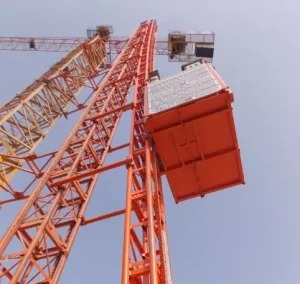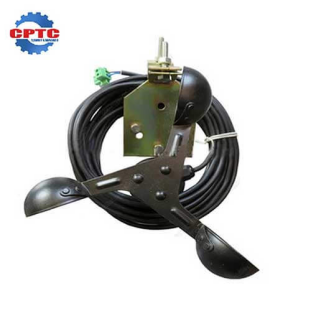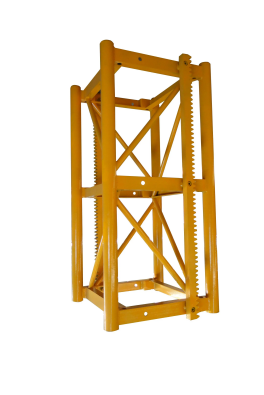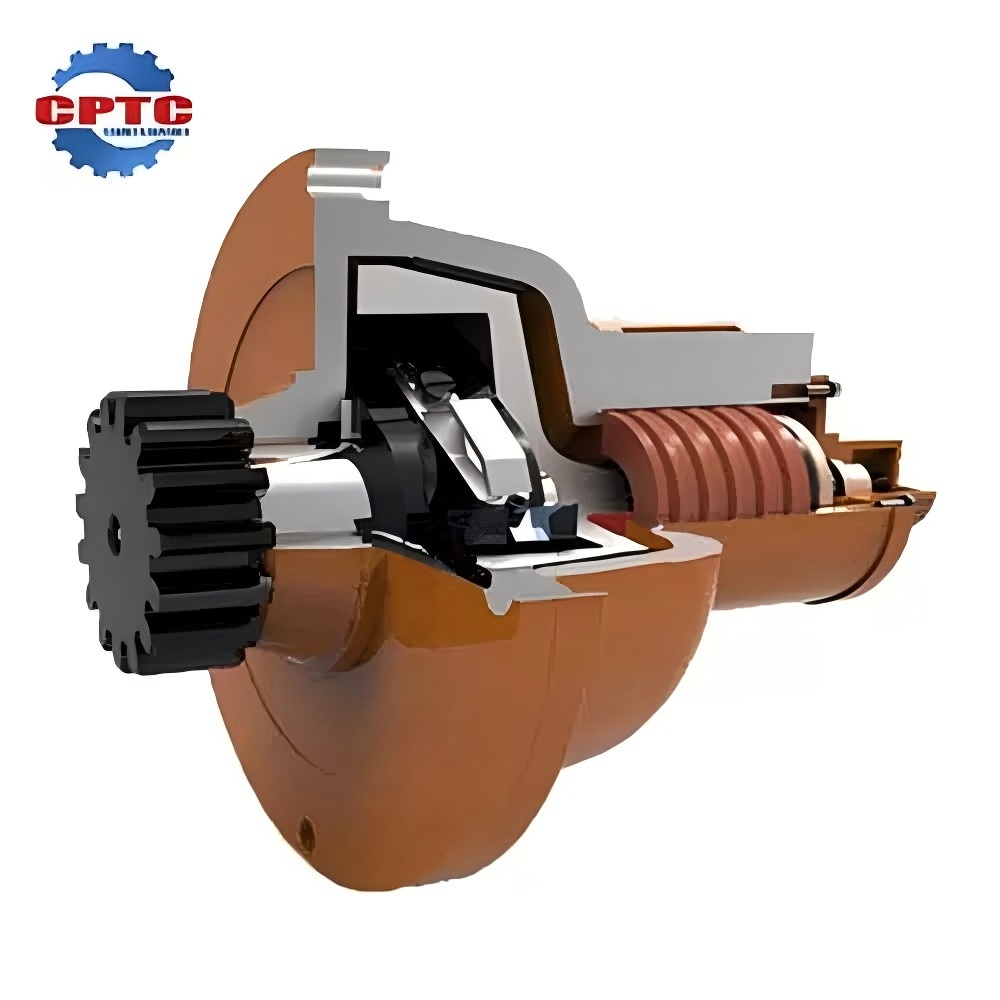Construction hoists play a critical role in modern construction projects by enabling the efficient movement of personnel and materials across multiple floors. These hoists can be categorized based on their specific use cases, ensuring optimized efficiency, safety, and cost-effectiveness on job sites. Below, we explore the different types of construction hoists based on their functionality and application.

Personnel Hoists (Passenger Hoists)
Personnel hoists, also known as passenger hoists, are specifically designed to transport workers safely between different levels of a construction site. These hoists prioritize safety and speed, making them indispensable for high-rise projects.
Key Features
- Fully enclosed cabins for maximum worker safety
- Emergency braking systems and overload sensors
- High-speed operation for efficient transportation
- Weight capacity typically ranging from 1,000 kg to 3,200 kg
- Compliance with strict safety standards
Common Applications
- High-rise building construction
- Large-scale infrastructure projects
- Industrial facility maintenance
Material Hoists
Material hoists are designed to lift construction materials such as cement, bricks, steel, and tools. Unlike personnel hoists, they often feature open platforms or cages and prioritize load capacity over speed.
Key Features
- Open or semi-enclosed platforms for easy loading
- Heavy-duty lifting capabilities
- Lower speed operation for controlled movement
- Can handle weights exceeding 4,000 kg
- Less stringent safety requirements compared to passenger hoists
Common Applications
- Transporting steel, bricks, and construction materials
- Moving heavy machinery and tools to elevated work areas
Dual-Purpose Hoists (Combination Hoists)
Combination hoists are versatile machines capable of transporting both personnel and materials. These hoists provide flexibility on job sites where space and budget limitations exist.
Key Features
- Dual cabins or adaptable configurations for workers and materials
- Advanced safety features for personnel transport
- Moderate speed balancing efficiency and security
- Can accommodate both heavy materials and workers
Common Applications
- Mixed-use construction projects
- High-rise developments requiring a flexible transport solution
Tower Hoists (Small Site Hoists)
Tower hoists, sometimes called small site hoists, are compact lifting solutions ideal for mid-rise buildings and temporary installations. These mobile units can be easily relocated within the job site.
Key Features
- Portable and space-saving design
- Moderate weight capacity, typically under 2,000 kg
- Suitable for mid-rise construction
- Quick installation and dismantling
Common Applications
- Residential and commercial buildings
- Small-scale construction sites
Industrial Hoists
Industrial hoists are permanent installations used in factories, refineries, and other industrial environments. Unlike temporary construction hoists, these are designed for continuous operation in high-demand settings.
Key Features
- Robust, permanent installation
- Designed for continuous heavy-duty operation
- Highly customizable lifting capacities
- Advanced automation features
Common Applications
- Power plants and industrial facilities
- Offshore drilling rigs
- Large-scale manufacturing plants
Comparison of Different Types of Construction Hoists
| Hoist Type | Purpose | Weight Capacity | Speed | Safety Features | Best For |
| Personnel Hoists | Transporting workers | 1,000–3,200 kg | High | Advanced | High-rise buildings |
| Material Hoists | Moving heavy materials | 2,000–4,000+ kg | Low | Basic | Industrial & commercial projects |
| Dual-Purpose Hoists | Workers & materials transport | 1,500–3,500 kg | Medium | Advanced | Mixed-use & large projects |
| Tower Hoists | Compact lifting for small sites | Up to 2,000 kg | Medium | Basic | Residential & small sites |
| Industrial Hoists | Permanent heavy lifting | Highly customizable | Varies | High-tech | Industrial plants & offshore rigs |
Conclusion
Selecting the right construction hoist depends on a project’s specific needs. Personnel hoists ensure safe and fast worker transport, material hoists handle heavy loads, and dual-purpose hoists provide flexibility. Tower hoists offer compact solutions for smaller sites, while industrial hoists support long-term heavy-duty lifting needs. Understanding these categories helps construction managers and contractors optimize project efficiency, safety, and costs.m but also contributes to the long-term success of your operations. Stay safe, stay compliant, and lift with confidence!




